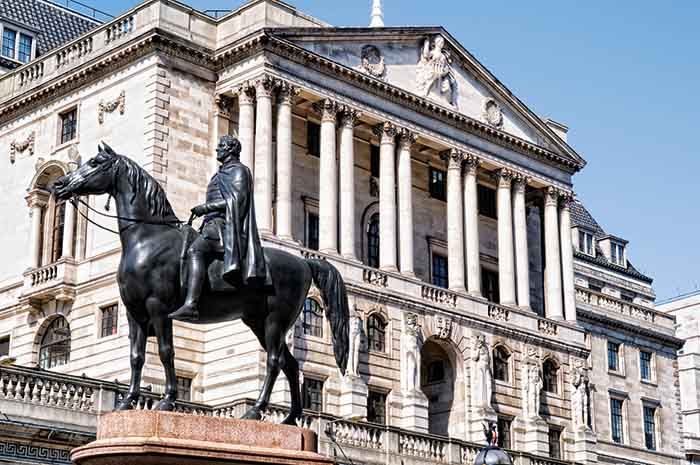Many have heralded 2018 as the year of the central banks because for the first time in 10 years, markets are witnessing a lack of synchronisation from monetary policymakers across the board.
In the US, the Federal Reserve is reducing its balance sheet and raising rates; and in November the Bank of England hiked rates for the first time in a decade. Elsewhere, the Bank of Japan and the European Central Bank are slowly reducing their asset purchase programmes.
All the while inflation has been bumbling along at below 3% for the global economy and at about 2% in OECD member-countries in recent years. This is despite economic growth in major economies outpacing their potential growth rate and low levels of unemployment.
Indeed, just as it seemed UK inflation was on the up, in December UK CPI dipped for the first time since June. Having hit 3.1% in November, it fell back to 3% in December, leading some experts to predict the rate could fall back to the Bank of England’s 2% target over the coming months.
In the US, however, prices, excluding food, ticked up 0.3% in December against the previous month. Prices were 1.8% higher than the previous year, but still below the Fed’s target 2%.
Peak fear
Coutts is predicting over the next 12 months for inflation to bounce a little in Europe and the US while in the UK it believes it has peaked at just over 3%.
Monique Wong, senior portfolio manager at Coutts, says we have reached “peak fear” in the UK when it comes to inflation.
She says: “A lot of UK inflation did not come from growth, it came from the depreciation in sterling post the EU referendum.”
But she believes as the sterling depreciation becomes more residual there will be some convergence between US and UK inflation.
Like the US, the UK has a tight labour market with not enough wage gain, Wong says.
“That would be nice to see,” she adds, “but we have the challenges with regard to Brexit in terms of growth outlook or uncertainty.
“I think we are at peak fear. I think the sterling effect will start to come out and what we are seeing is the top.”
No-show in the US
Regarding the US, Wong says “inflation has not shown up” but she does believe inflationary pressures are rising.
“We are not expecting US inflation to spike,” she adds, “but the inflationary pressures are clearly to the upside and the market is not pricing it in.”
Wong observes because the market is pricing-in two to three Fed rate hikes this year, it will not take much in terms of an inflation surprise for the market to shift.
She notes the Fed’s underlying inflation gauge (UIG), which has a good track-record of estimating inflation trends and inflexion points, is pointing at 3% which is something “we have to be watchful of”.
Coutts favours areas of higher-yielding bonds, like financial credit, and emerging market debt and equities to provide inflation-beating returns.
Phillips curve
All this has led some experts to question the Phillips curve which is supposed to show the historical inverse relationship between unemployment rates and corresponding rates of rises in wages. In theory, it should show inflation is higher when unemployment is low.
Silvia Dall’Angelo, senior economist at Hermes Investment Management, notes that inflation has been conspicuously absent despite the upswing in global demand and pick-up in capital investment in 2017. This leads her to ask whether the Phillips curve has fallen flat.
“Across most developed markets inflation has systematically run below official targets and, over the last year, even retreated in places where the output gap has probably turned positive, such as the US. This has led to a renewed debate about the ultimate drivers of inflation and prompted questions about the Phillips curve framework – which lies at the heart of central banks’ models and reaction functions.
“For all its limitations and the myriad factors masking it, the short-run Phillips curve still makes economic sense as it predicts that prices need to adjust upwards as demand outstrips supply. This should become more evident in 2018 as the recent acceleration in activity starts to influence prices and the echo effect of the large but relatively recent drop in oil prices gradually fades.”
Moderate increase
Hermes says typical Phillips curve models for the US and eurozone suggest inflation will increase slightly next year, with the US making the most progress towards its official target.
BNP Paribas Asset Management says, for the moment, many investors accept the idea that seismic, secular and global deflationary forces arising from technology and demographics explain low inflation.
Its 2018 investment outlook states that valuations of market indicators such as long-term swaps and inflation-linked bonds signal that investors expect US inflation to average about 2% for the next decade.
“We see little prospect of a material rise in global inflation and also little prospect of central banks achieving their inflation targets in the years ahead,” it says. “For these reasons, we expect the low-inflation, low-rate paradigm to continue in 2018.”







